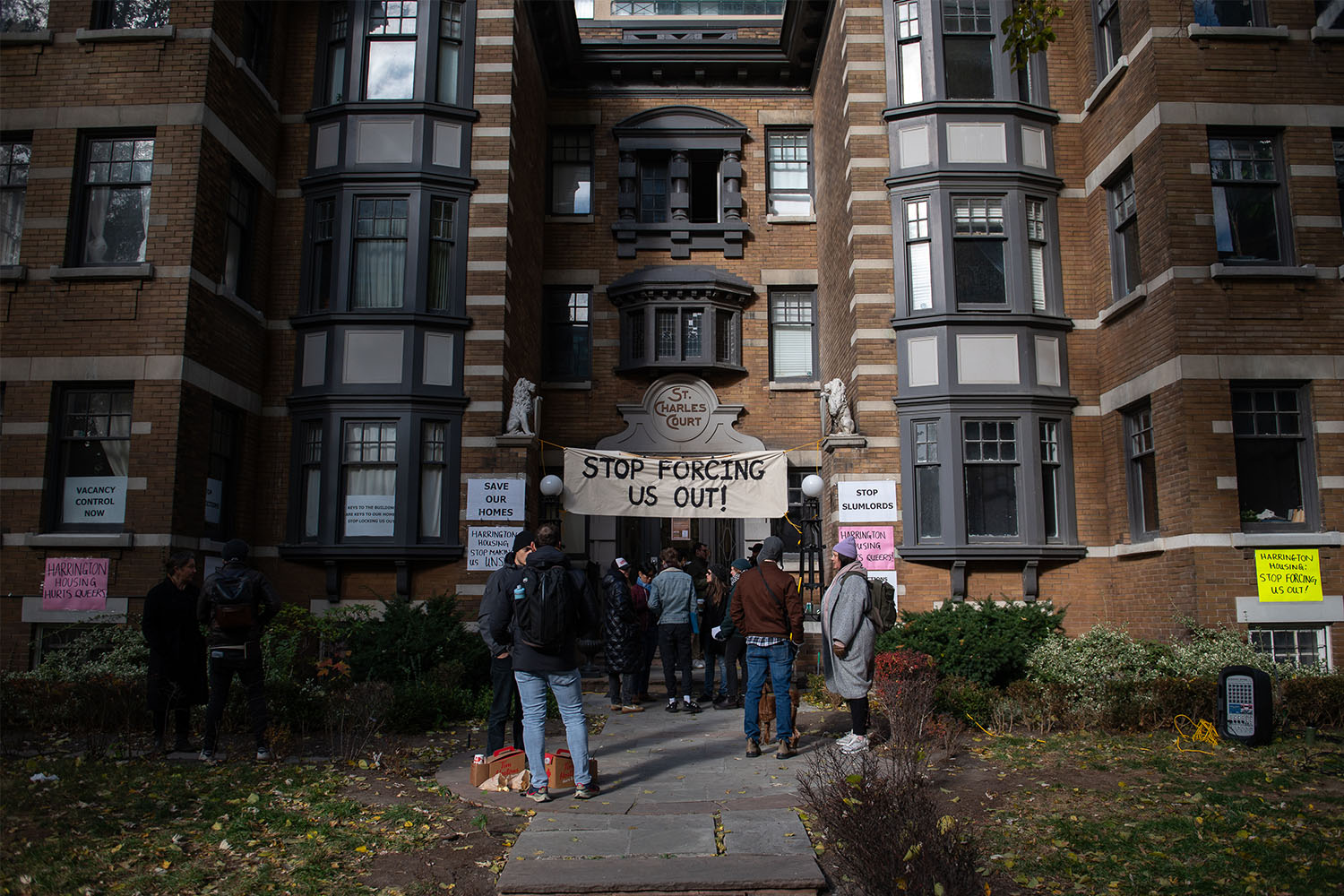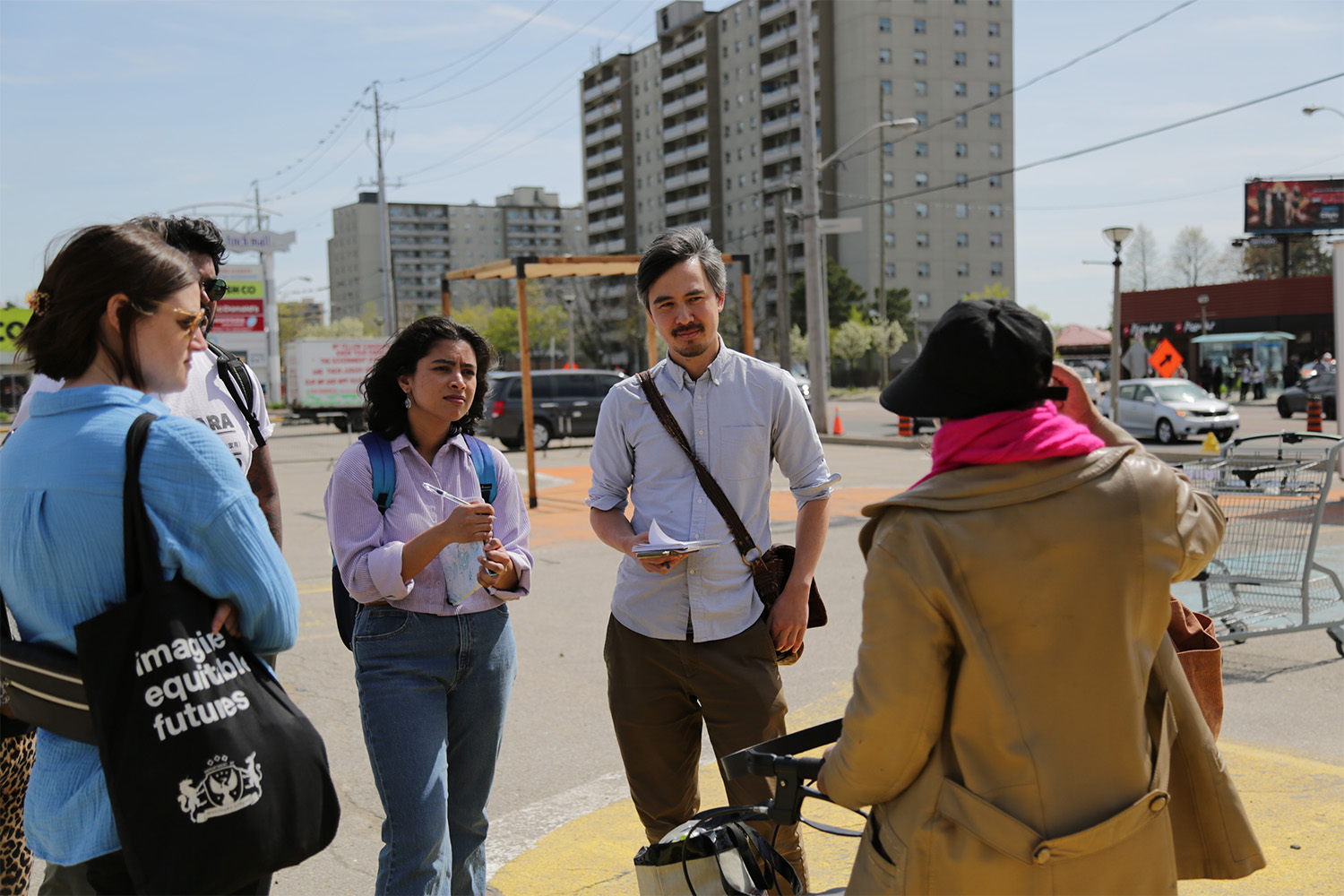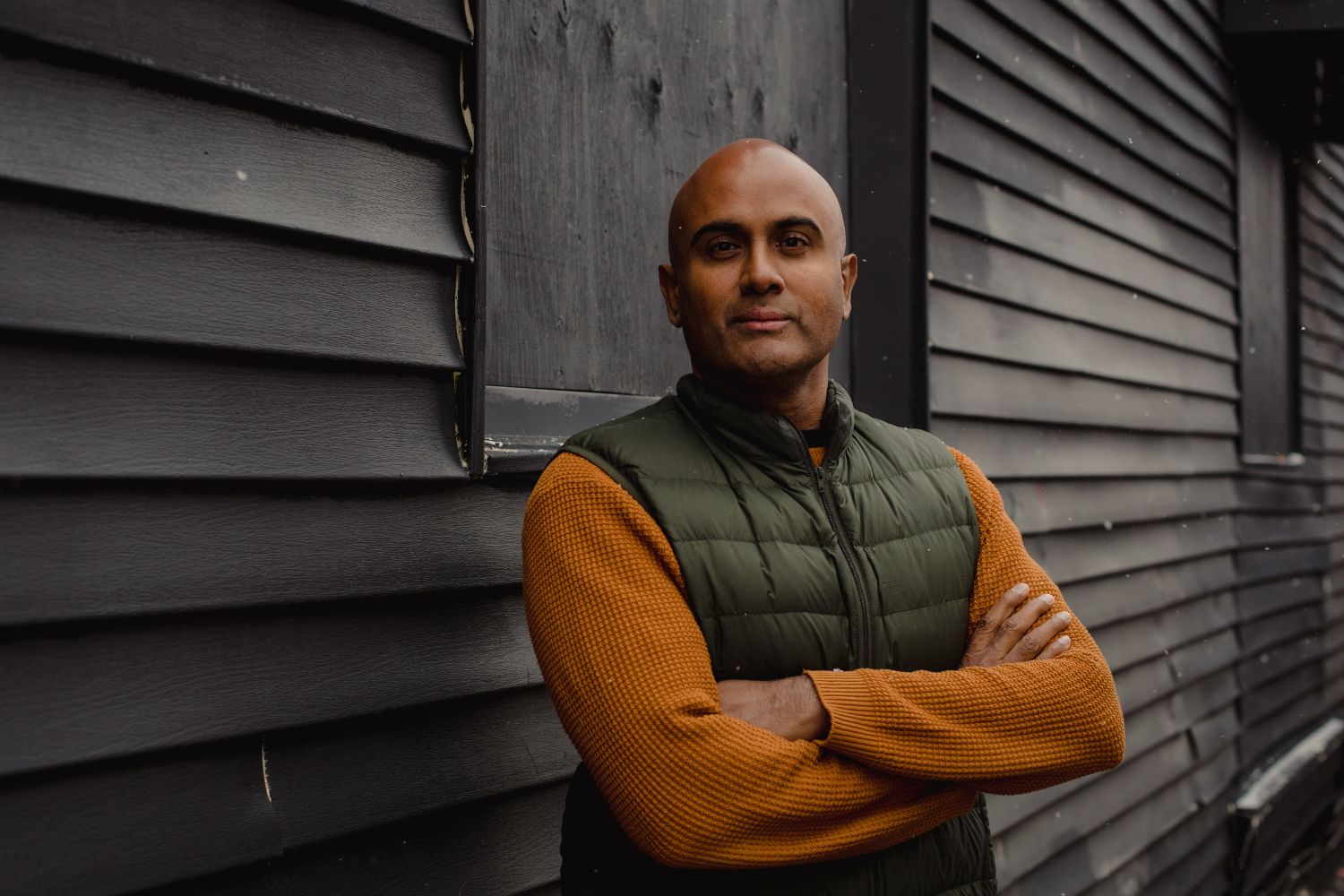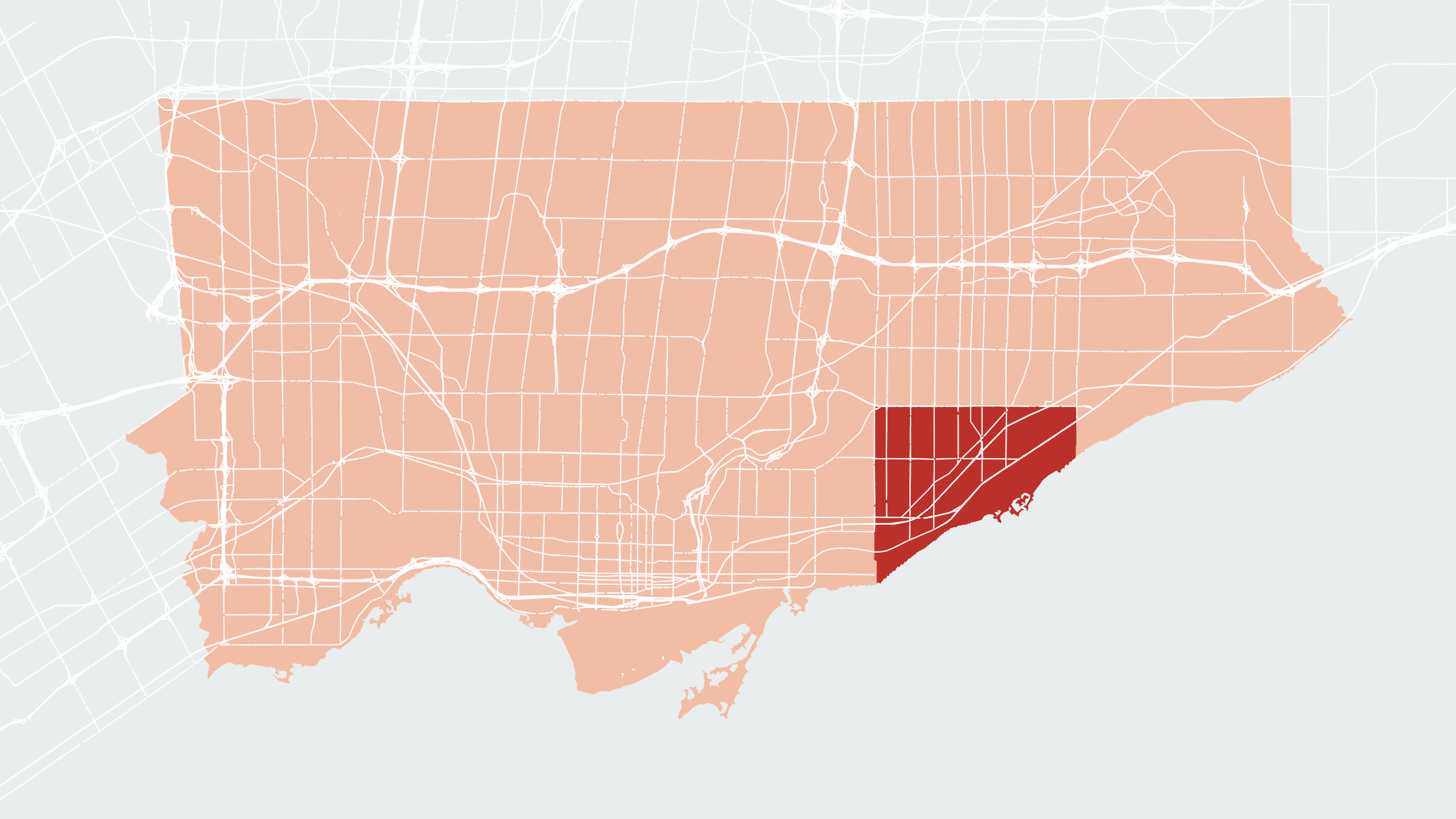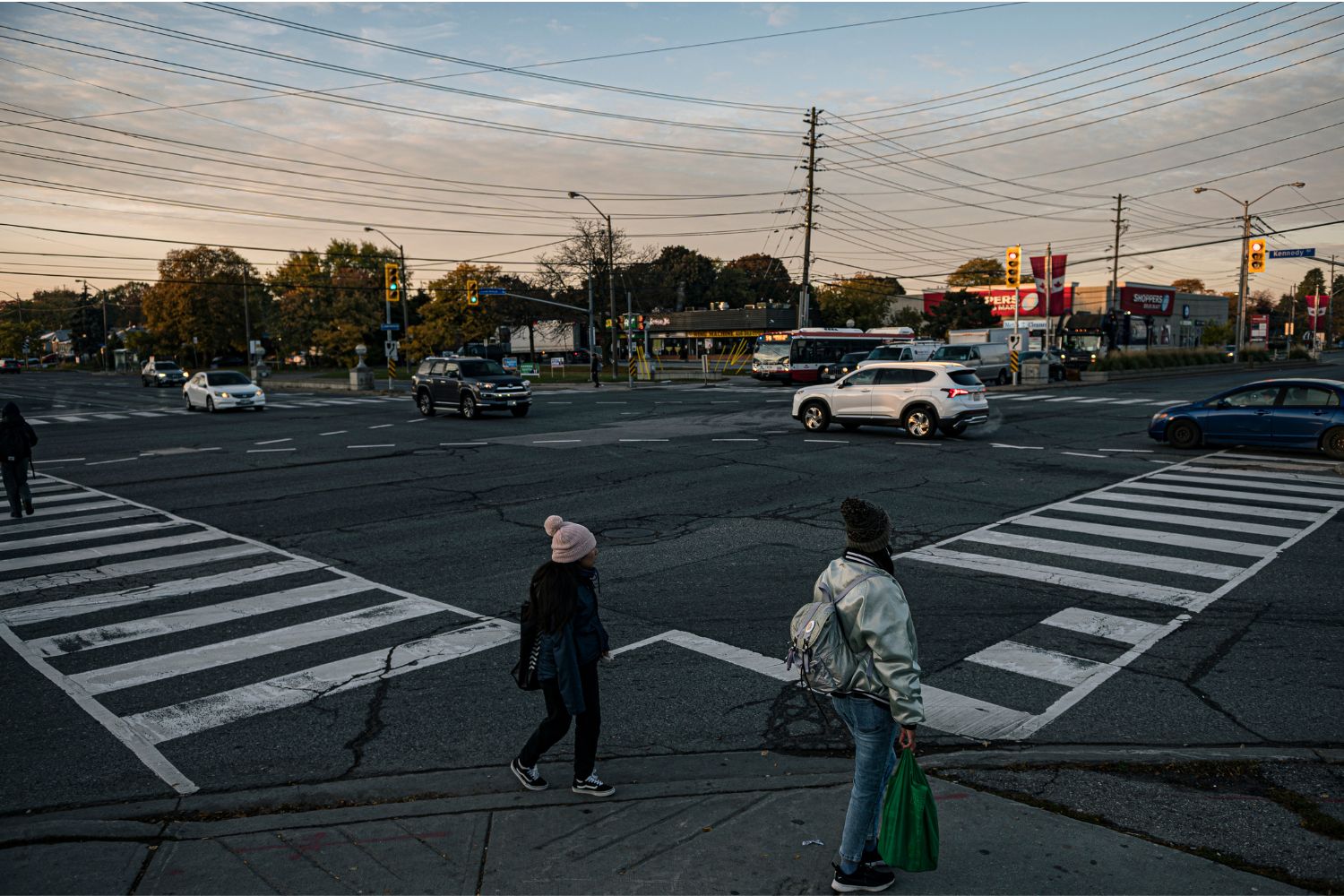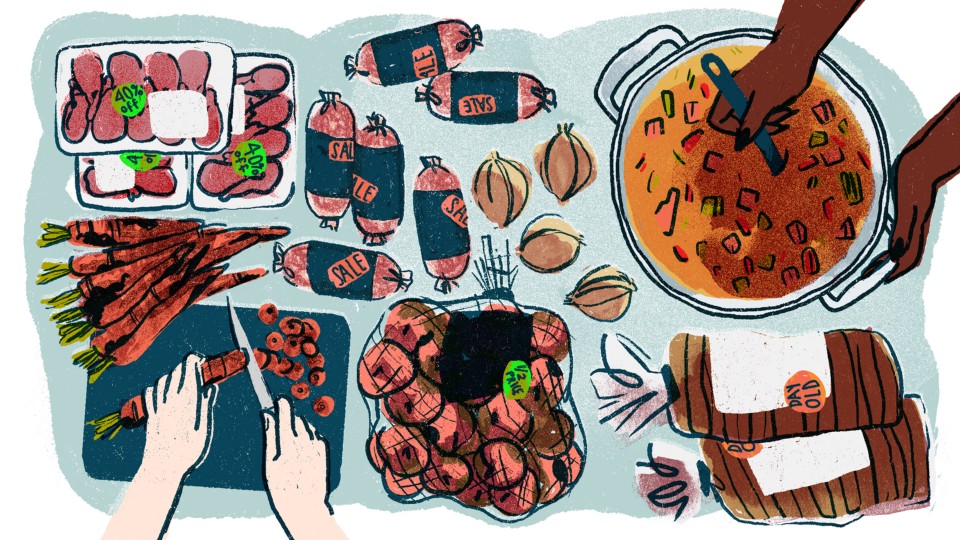
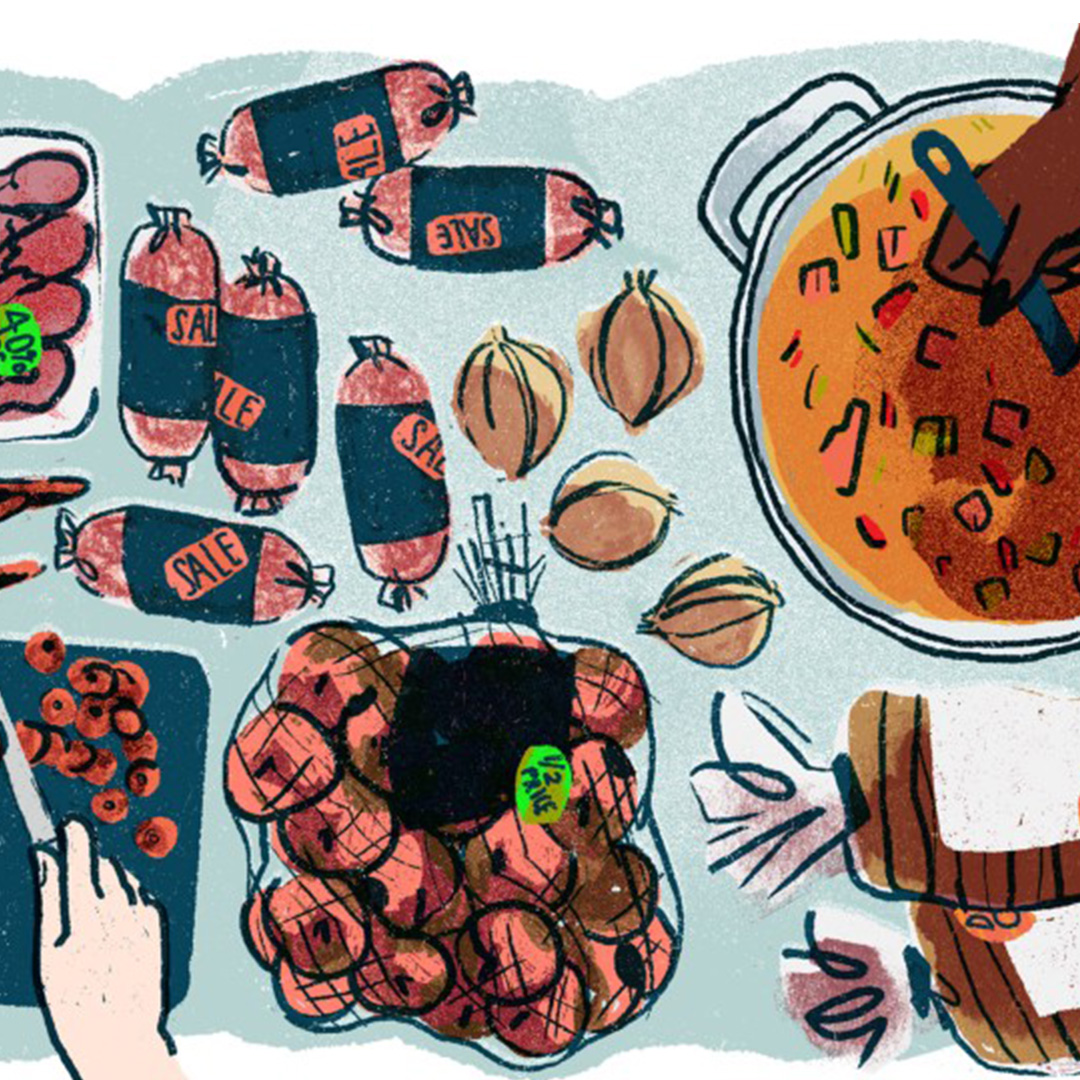
What I like about cooking in a shelter is the demand for improvisation. I have cooked in restaurants both simple and fancy, a spa, a dinner theatre, in my home, for my wife, my friends and my family, as well as for newspaper readers, rigorously testing recipes with a stopwatch to make sure the results can be duplicated.
At home, you plan meals, go grocery shopping, and then cook. The process is a privilege in every sense of the word — an experience to be savoured if you are fortunate enough to enjoy the luxury of time and finances.
When cooking in a restaurant, at the end of a shift you make a list of every ingredient you’re short on. You call in orders (though suppliers are finally starting to use email) and everything shows up the next morning neatly packed in boxes. If anything doesn’t look good, or isn’t what you ordered, you send it back and the driver writes you a credit. Then you spend five hours furiously prepping for dinner service.
The production demands of a shelter kitchen are similar — high volume, short deadlines. But the supply side of things changes everything. Because you never know what you’ll have to cook with.
The Out of the Cold kitchen at the University Settlement recreation centre, where I cook on Sundays, is run by Monique McBean. In addition to cooking at the shelter, she’s also the chef at her sister’s restaurant, Nice & Easy in North York, and seems to work six or seven days a week. If she’s in a good mood, she greets me as “honey” or “sweetheart.” She asks how my wife is and hugs me enthusiastically. If she just waves or calls me “boss,” I know she worked past 2 a.m. last night, maybe as late as 4 a.m.
Sundays are a quick dip into Caribbean culture. For a few hours I stop checking my phone. I catch up with Monique. I show her pictures of the kittens we’re fostering and she shows me pictures of her grandchild. The basement kitchen is small, with a lot of space taken up by a six-burner stove. As we cook we listen to the call-in show on 98.7, which tends to showcase Caribbean-Canadian voices. Monique shares Jamaican cooking tips: how to use browning sauce (caramelized and burnt brown sugar) or how to make rice and peas (I didn’t know how essential coconut milk was). While we prep, elderly Chinese men play ping pong in an adjacent room, cheering at each point. Later in the day, the room (also used for daycare and calligraphy lessons) is transformed into a dining hall.
When I began volunteering here in January 2017, Monique would give me a breakdown of what she had cooking and what she wanted me to cook. As we’ve grown to know each other, she just tells me to make whatever I want from what we have, and enough to feed 85 people.
The goal is not just to fill stomachs, but to treat clients with dignity.
Until I show up, I don’t know what is going to be in the fridge. But whatever it is, we need to make at least two dishes of protein, starch, and vegetables. No matter what we have, we need to feed people. We need to get vegetables into the meal. And we need to make it taste good. Because the goal is not just to fill stomachs, but to treat clients with dignity. And that can mean the dignity of choice, or seeing that someone cares enough to cook food that both looks and tastes appetizing.
It’s liberating to cook in the shelter, not because the guests are undiscerning (their satisfaction is paramount), but because I have no control over the ingredients. And for a few hours on Sundays, it’s therapeutic to relinquish my need to control things, particularly food. The problem is that, for the people who eat here, unpredictability is not a pleasure.
“It’s a double-edged sword,” says Nick Saul, CEO of Community Food Centres Canada. “When you’re shooting in the dark like that, it’s liberating for you. But there’s also something that’s fundamentally wrong that you’re not able to plan and think about who is walking through the door, and curate a meal that both reflects the cultural backgrounds or the health needs of the people walking in.”
Saul operates upstream in the food insecurity ecosystem, where the focus is on teaching people to cook and garden, while advocating for access to good food. At University Settlement, we are serving people at the emergency level. Clients tend to be over 50, and are dealing with mobility problems, joint pain and arthritis, in addition to homelessness, addiction, and all the related health problems of food insecurity, like diabetes, heart disease, obesity, anxiety, back problems, bowel disorders, and asthma.
I just cook here. I don’t serve dinner. But often there is someone knocking at the kitchen door, asking for something to eat. They’re usually polite. And Monique knows they likely haven’t eaten all day. She makes sure everyone has something to eat. We’ll fix up a plate of whatever is ready. It’s obviously insufficient to address their larger dietary needs.
Food insecurity makes it more difficult for people to manage chronic health problems. Health care costs for food insecure households are more than double those of households who have enough to eat, according to 2015 statistics from Food Insecurity Policy Research. That’s why it’s so vital that we serve guests a balanced meal with real ingredients and diversity, and avoid the pitfall of too much rice and pasta, which are inexpensive but lacking in nutrients.
In an effort to help guests sleep better, the Out of the Cold program recently stopped serving what we called “juice,” which was really flavoured sugar water. “They say it takes six weeks to accept change,” says manager Toby Druce. “And I hope that our six weeks are up because it hasn’t been popular.”
On Fridays, Saturdays and Sundays, the centre offers a bed, dinner and breakfast to 85 people (with Friday service pausing between June and September). The annual food budget is $50,000, provided by the City of Toronto’s Shelter Support and Housing Administration, which works out to about $2.46 a meal. That’s half of what we typically spend in Canada to feed people three meals a day in hospitals or prison, with the assumption that clients here aren’t eating a meal between breakfast and dinner.
So we’re pretty frugal with ingredients. The small jug of cooking oil does not get splashed around. Cleaning supplies come out of the food budget, so we dilute soap with water and use a sponge until it disintegrates in order to make sure that every dollar ends up on the plate.
Roughly 75 percent of the food here, the staples we need to have on hand (milk, eggs, chicken, fish, apples, bread, etc.) are purchased. The protein we work with is likely to be a 2.27 kg tube of ground beef or frozen brick of chicken legs. Monique likes to turn the chicken into a Jamaican curry. When she is sick, different chefs lend their own cultural influences to the food. Bernie, who is Filipino, makes adobo chicken, simmering the legs in vinegar, soy sauce and sugar. Ritsuko falls back on Japanese staples like nikujaga, a meat and potato stew.
This is supplemented by dry goods donated by Daily Bread and fresh produce from Second Harvest. Some weeks we get random meats — cellophane-wrapped packages of beef, pork or lamb in various stages of colour and smell, stickered with labels proclaiming “40% OFF”. With the rescued meat, I smell every piece before stripping them from the bone to make a stew. Most of it is still good. It just needs to be cooked and eaten right away.
The annual food budget is $50,000…which works out to about $2.46 a meal. That’s half of what we typically spend in Canada to feed people three meals a day in hospitals or prison.
There is even less predictability to produce. But that’s the most important part of the meal, as it’s likely the food group our clients have the least access to. Some weeks we’ll get a case of half-rotted Swiss chard or moulding carrots. Other weeks it’s ripe heirloom tomatoes or small bags of sweet peppers and Persian cucumbers, in near-pristine shape — a lucky haul from some upscale supermarket, where less than perfect produce is unsellable.
There are always technical difficulties, which some weeks threaten the goal of getting dinner on the table. We are cooking out of a tiny, unventilated kitchen in an old building. Half of the stove’s elements don’t work. One week the basement flooded. Our sinks are insufficient for large batch cooking and there’s no room or equipment to save food by freezing, curing, or pickling. When we get meat bones, we should be making stock to turn into soup. But we have no freezer space.
That’s the biggest challenge, says Druce, who has been looking into leasing a chest freezer because the annual budget has no room for a purchase.
“The Second Harvest food, we end up throwing a lot of it out,” he says. “Partly because it’s already started to rot. But if we had the ability to process the food as it came in and preserve or freeze or store it, that would be really helpful. If we can’t use it when it comes in, it’s probably going to go bad. And that’s as true for the food that we order as it is for the donations we get.”
One week Monique asked me to do something with frozen haddock. There were onions, carrots and peppers too, and a handful of pork sausages. So I made a roux (substituting margarine for butter in the base used to thicken soups and stews) and built it into what we called “shelter gumbo.” Monique is my Yelp, convening reviews of last week’s meal. The gumbo was a hit and has gone into regular rotation.
Three years ago, on a trip to New Orleans, someone gave me a gallon jar of crawfish boil seasoning. It’s so salty and spicy that I’ve only used half of it. So I bring it with me to University Settlement, and use some to finish the dish that has become a staple of the kitchen. Some weeks we have potatoes, and I boil those down until they thicken the broth. Some weeks it gets bumped up with lamb or pork sausages. Our “shelter gumbo” may lack shrimp and okra, but I think it’s a delicious and economical use of frozen fish and whatever vegetables (chard leaves one week, spinach the next) I can sneak into the dish.
Nobody should have to depend on a shelter for food. But in our current system, it makes me happy to know that at least people look forward to the cooking from our kitchen.



